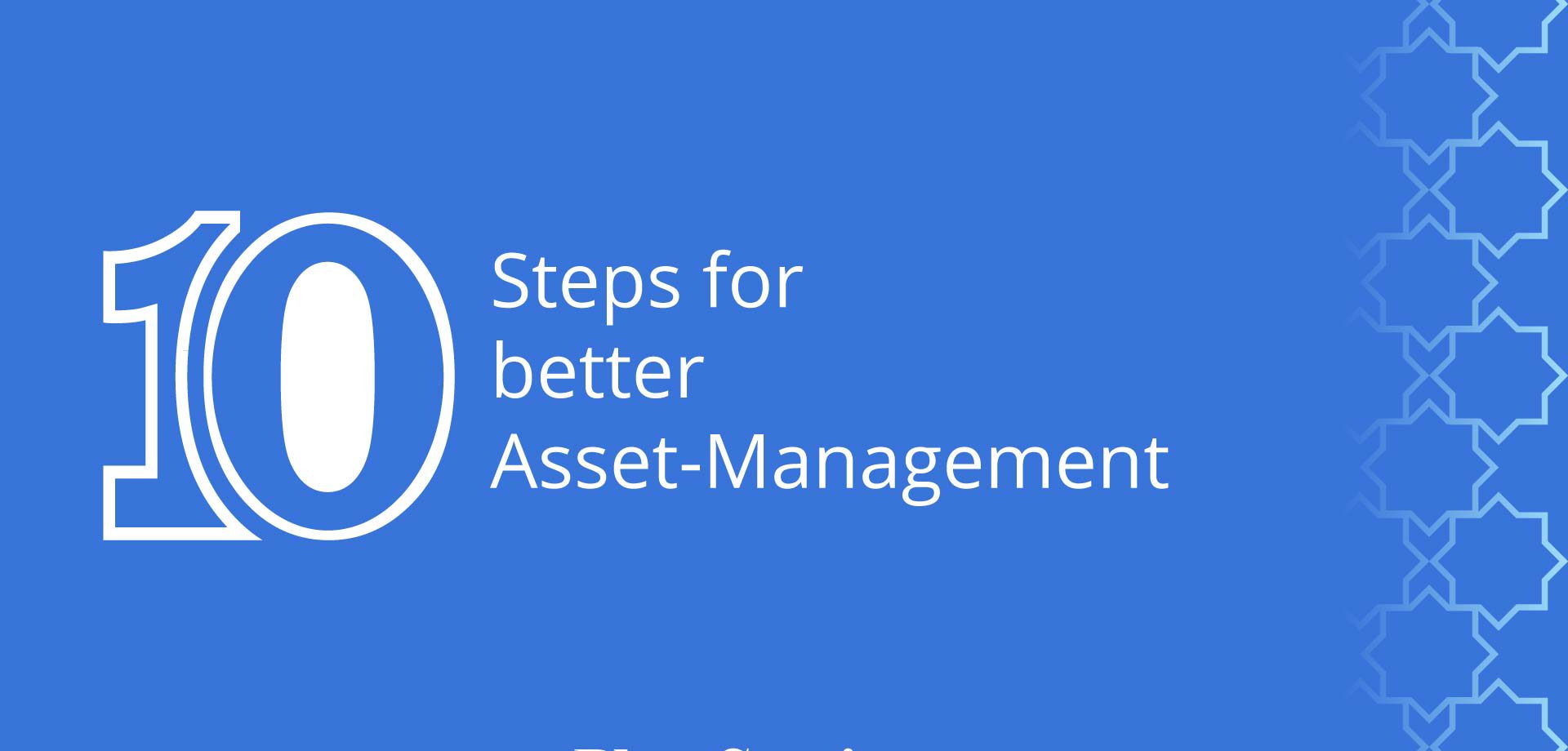By David Berger ꟷ plantservices.com
A new year is upon us, giving rise once again to reflect on where we are personally and in business, and what New Year’s resolutions might be helpful. This column outlines a ten-step New Year’s plan to improve how assets are managed at your company. Now if you are reading this and New Year’s Eve is but a fading memory, do not panic; these ten steps can be implemented at any time, in whole or in part, with or without an official resolution.
- Engage the people – The first of ten steps should be to exhibit clear leadership by engaging key stakeholders in the asset management function. This includes management and their staff from Maintenance, Operations, Engineering, Materials Management, IT, Finance, and other areas that help manage assets. Each stakeholder group requires a different approach and message that will resonate with them. Throughout the 10 steps, but in this first step especially, communications must be two-way, genuine, constant, and consistent across the enterprise.
- Assess your talent pool, processes, and technology – Once the people are engaged and aware that things will change this year and beyond, it is time to take stock of where you are in terms of people, processes and technology. This step provides a baseline for understanding the gap between where you are today, and where you need to be to improve the asset management function. The assessment can be conducted by internal or external resources; however, the latter is more likely to provide an unbiased evaluation, a comparison to industry best practices, and some indication of cost/benefit for improvement.
- Develop a long-term asset management strategy – The third step provides a realistic roadmap spanning the next three years or so, that shows how to achieve a vision for asset management given today’s reality. An asset management strategy includes strategic goals, objectives, performance measures and targets, and an action plan for achieving targets. It must align with the overall corporate strategy.
- Focus on a few performance measures and targets that trade off – A key component of the asset management strategy is quantifying what success looks like in the short to long term. This can be accomplished using a small but powerful group of performance measures and targets that ensure all stakeholders focus on the right things. Targets should be challenging but achievable. Moreover, they should trade off, so that focusing on attaining one target is not to the detriment of another. For example, suppose performance targets are set to reduce the spare parts inventory level by an aggressive 30%. If there is no corresponding target for the level of stockouts, there is a danger that the 30% reduction in spare parts will increase stockouts, which in turn, leads to increased equipment downtime. Similarly, maintainer efficiency may trade off with effectiveness, and asset downtime may trade off with asset availability, performance, reliability, quality of output, or total cost of ownership.
- Assemble a cross-discipline team focused on improvement – The probability of success is highly dependent on your ability to form a team with the right skills, attitude, and resources. Typically, the best approach is to find a well-respected and knowledgeable supervisor from Maintenance or Operations and assign them the role of Team Lead. Since they will likely have little to no experience managing improvement initiatives, it is critical to pair the Team Lead with someone experienced in managing projects of similar size, type and complexity. Team members should be drawn from all relevant disciplines, including project resources from Engineering, IT, Finance, and/or HR, as well as line resources from Maintenance, Operations, and Materials Management. External resources may also be helpful to fill skill gaps on the project team. Ideally, the Team Lead and a small core group should be taken off their regular duties and spend 100% of their time on the improvement work. Non-core team members typically spend 25-75% of their time on the project depending on project requirements.
- Start with process-driven improvement opportunities, for the short and long term – Pulling from the asset management strategy, action items should be logically grouped together into 3-6 month project buckets, or 3-6 month phases for longer-term projects. Sticking to projects or phases of 3-6 month duration reduces the risk that key team members are dragged off the project team before completion of a logical milestone. For each project, adopt a methodology that is process driven where applicable. Start with mapping “as is” versus “to be” process flows that are impacted by the project. All future state flows should be supported by technology enablers such as using your CMMS differently. As well, process changes may be facilitated by changes to organizational structure, training modifications, and so on. Note that “Quick Wins” (i.e., low-cost improvements that can be implemented immediately) may emerge out of any phase of any project bucket. A Quick Wins process should be established to facilitate their approval and implementation.
- Develop user requirements for technology enablers – Replacing, upgrading or simply getting more out of your current CMMS should always be considered as part of any improvement initiative. User specifications for technology improvements should be aligned with the future state processes they support. This is because there is little to no benefit in changing technology if there is no change in procedures, training, and ultimately human behavior. For example, why implement a new algorithm for calculating mean-time-between-failure, a new condition indicator and corresponding upper and lower control limits, or a new schedule compliance report if there is no process for using this functionality, and no person willing or ably trained to perform the new function?
- Identify organizational changes aligned with process and technology improvements – Once process and supporting technology have been specified, look for organizational design changes that will further enable improvements. Far too often new managers will start with organizational changes, and then make changes to technology, followed by process changes. This is exactly the reverse order, and will therefore result in sub-optimal processes that are force-fit around a new organizational design and technology infrastructure, instead of built around true business needs.
- Implement first phase of process, technology and organizational improvements – Once process, technology and organizational design changes are approved and implementation planned, all changes are then rolled out to affected stakeholders. For example, suppose a project was mounted to reduce the percentage of emergency work from 30% to 5%. In steps 6-8 above, it was determined to add a process for the Operations and Maintenance managers to approve all emergency work, then start using the CMMS to properly record and report on emergency work on a timely basis, and finally to assign responsibility and train the Shift Supervisor with respect to managing emergency work on off-shifts. Although it may appear otherwise, the hard part is then implementing and coordinating all of these changes, monitoring results, and making sure behavior is consistent across all shifts and throughout the enterprise until performance targets are met.
- Ensure targets are met, and focus remains on continuous improvement – The difficult task of performance measurement follows closely on the heels of implementation for each project/phase. Furthermore, planning for future improvement initiatives begins even before the end of each 3-6 month period. However, typically many of the key resources leave the project and return to their regular duties even before implementation is complete. This will result in failure to meet performance targets and delays in starting further phases, unless the turnover of project resources and transition to continuous improvement is properly planned, well in advance. Also helpful are rewards for meeting or exceeding targets, and consequences for not.


